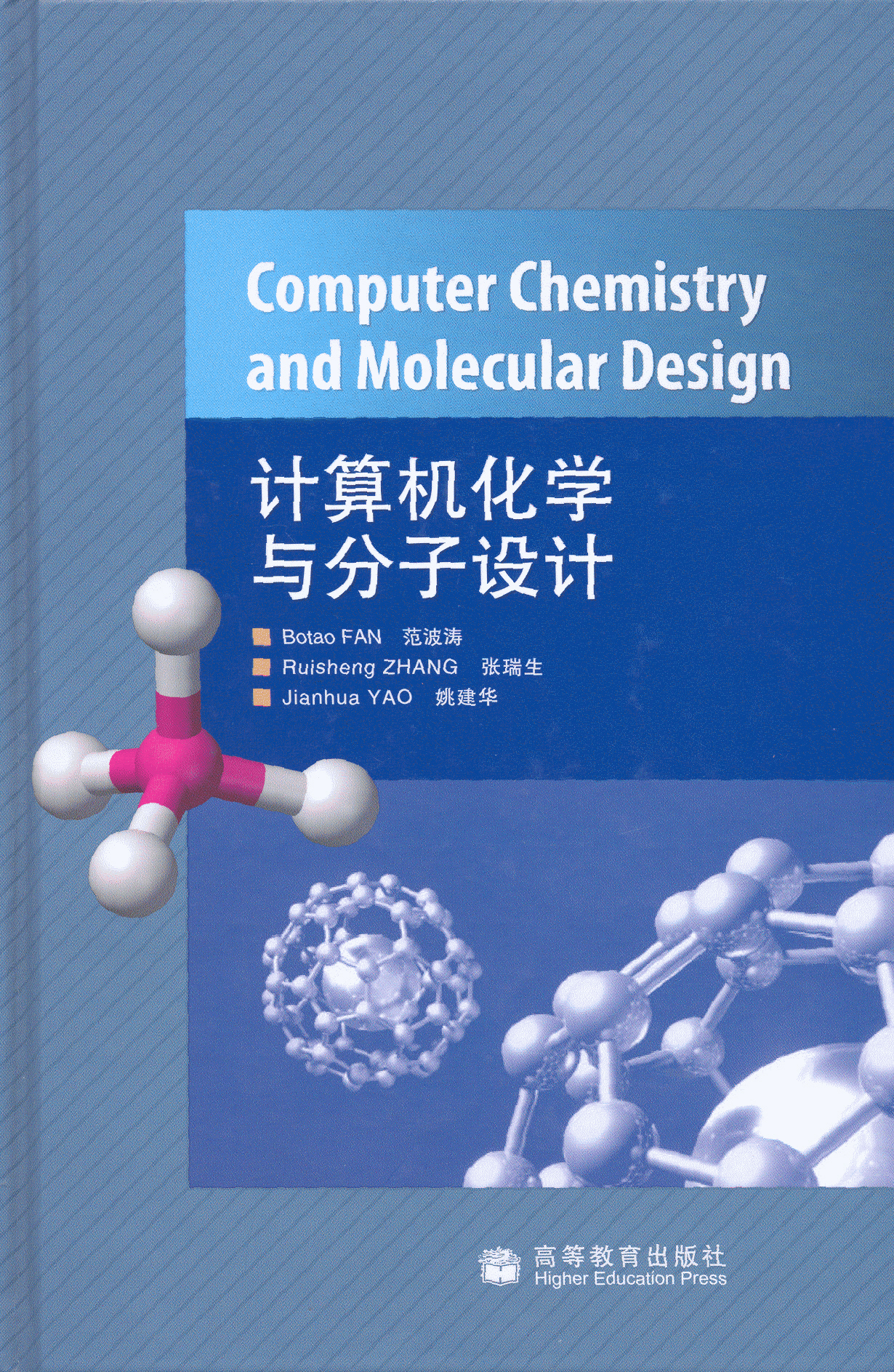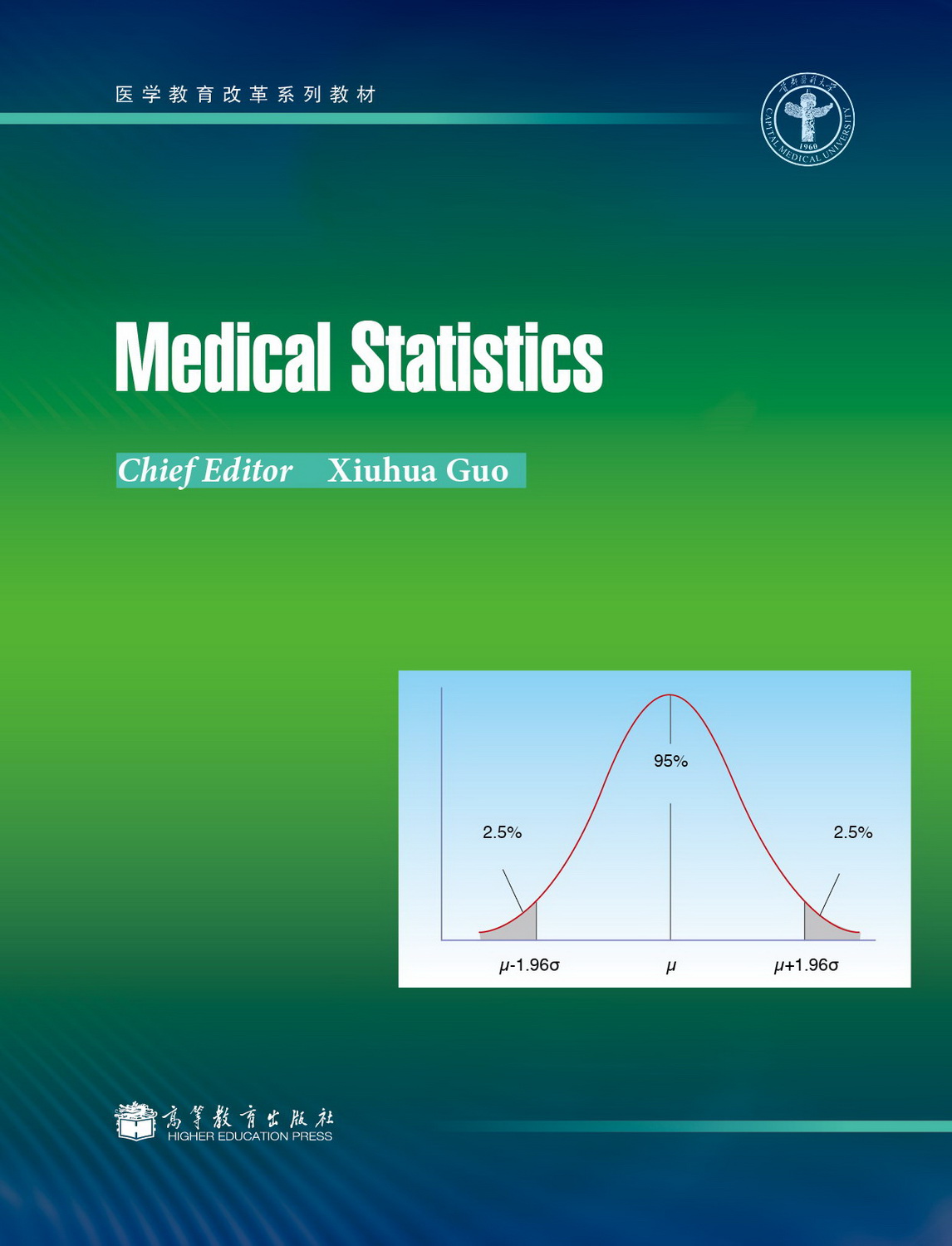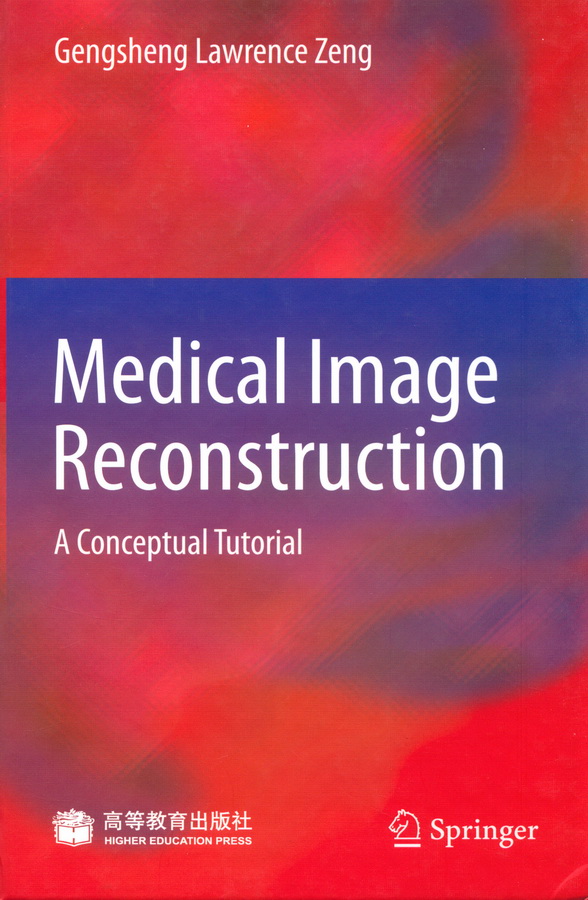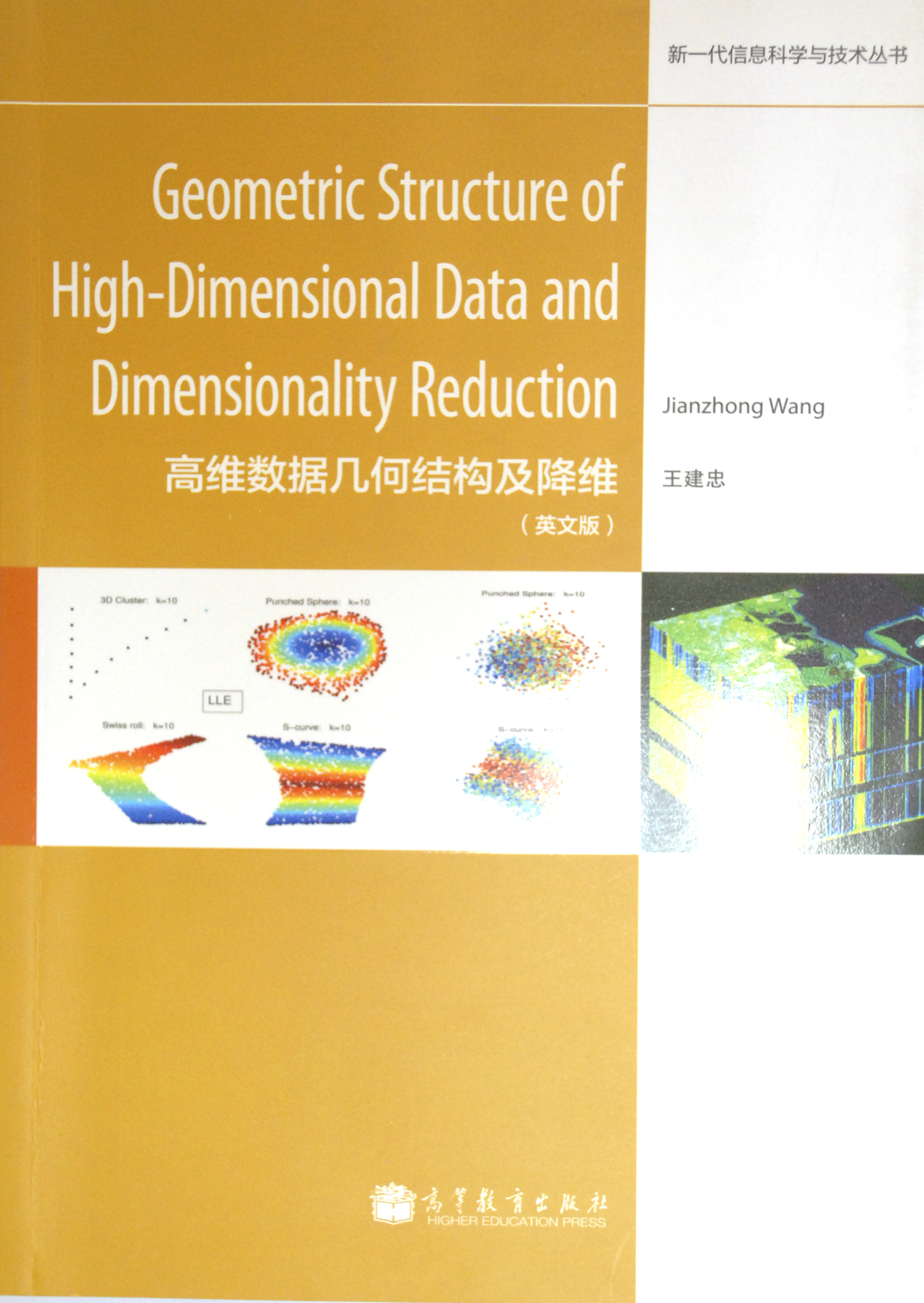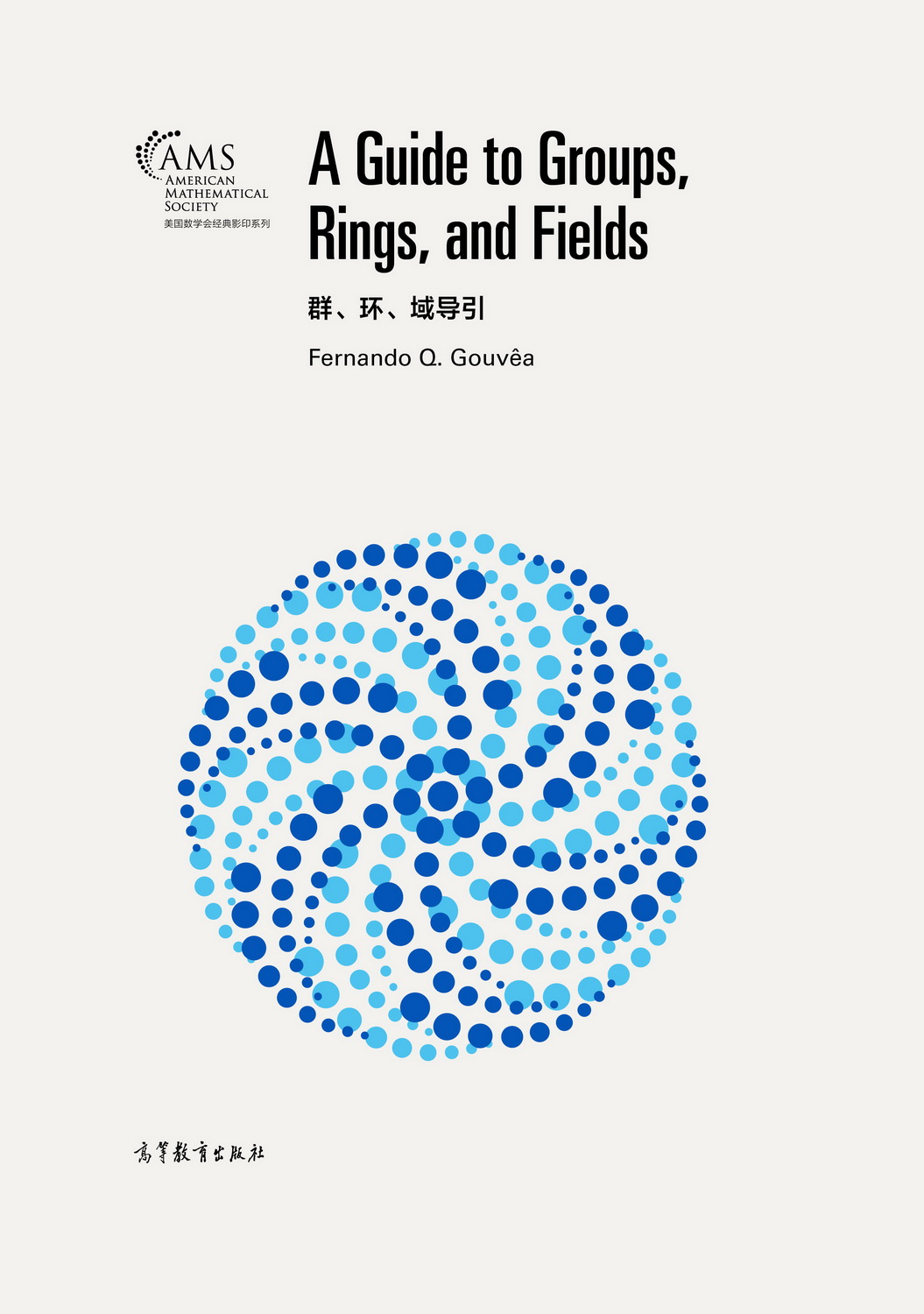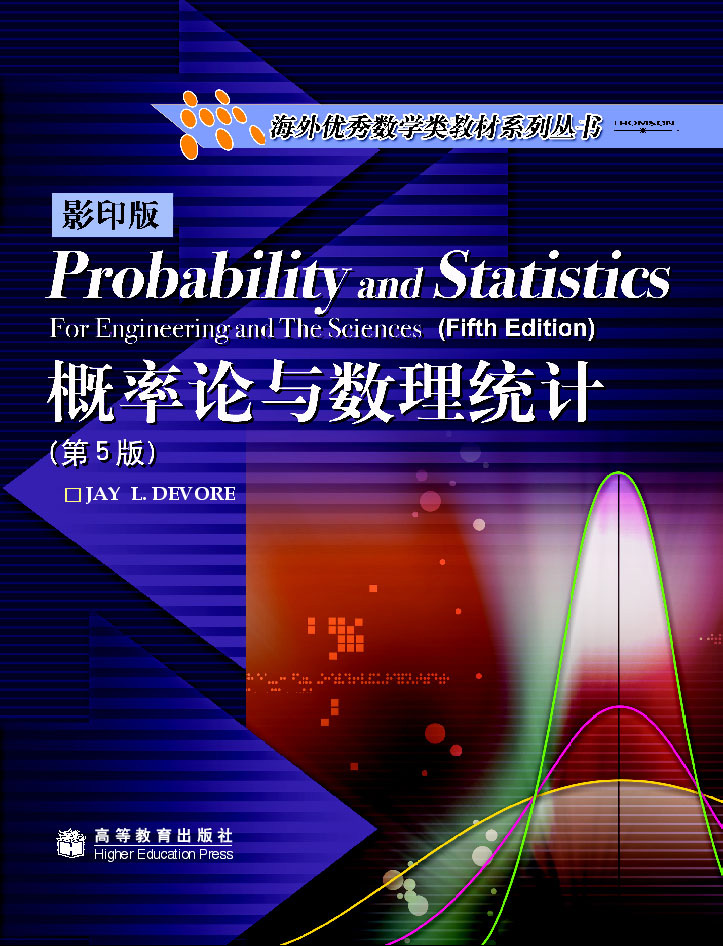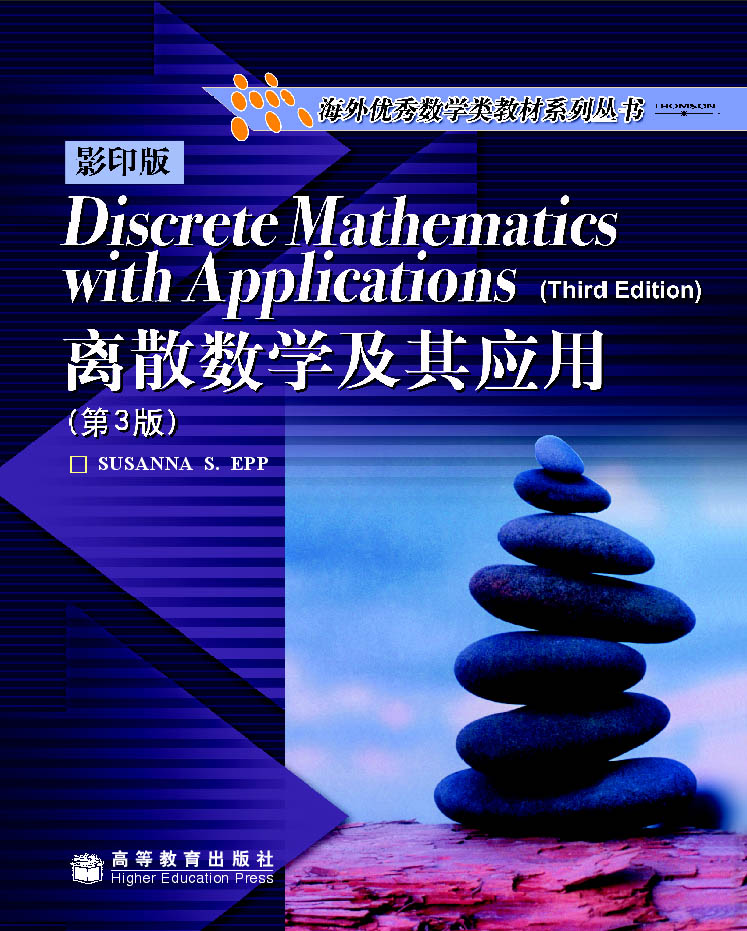Computer Chemistry and Molecular Design
作者: 范波涛,张瑞生,姚建华
出版时间:2009-03-31
出版社:高等教育出版社
- 高等教育出版社
- 9787040182965
- 1版
- 416886
- 精装
- 16开
- 2009-03-31
- 540
- 490
《Computer Chemistry and Molecular Design》内容为:This book covers two parts: Computer Chemistry and Molecular Design. It presented several approaches employed in molecular design step by step. Molecular graph and presentation as the start point, it introduced several methods of Computer Chemistry concerned with molecular design: property recognition of chemical structure, artificial neural network and data analysis.
Computer-aided molecular design has the relationship with drug discovery, pesticide design, food chemistry, environment chemistry and so on. This book can be a reference for the people who is engaged or interested in computer-aided molecular design.
Front Matter
1 Numeric Analysis
1.1 Linear Algebraic Equations and Matrix.
1.1.1 Square Matrix
1.1.2 Elementary Operations on Matrices
1.1.3 Inverse Matrices
1.2 Di®erential Equations
1.2.1 Cauchy Problem
1.2.2 Discrete One-Step Methods for Equations of First Order Principles
1.2.3 Discrete Methods with Multiple Steps for Di®erential Equations of Order
Problems
2 Minimization
2.1 One-dimensional Minimization
2.1.1 Golden Section Search
2.1.2 Parabolic Interpolation: Brent's Method
2.2 Multidimensional Minimization
2.2.1 Downhill Simplex (Nelder et Mead, 1965)
2.2.2 Direction Set Method (Powell's Method)
2.2.3 Conjugate Directions
2.2.4 Powell's Quadratically Convergent Method: Find N Conjugate Directions
2.2.5 Gradient and the Steepest Descent Method.
2.2.6 Newton-Raphson Method
Problems
3 Ab Initio
3.1 SchrÄodinger Equation
3.2 Hartree-Fock Theory
3.3 Post-SCF Methods
3.3.1 Con¯guration Interaction
3.3.2 Moller-Plesset Perturbation Theory
3.4 Gaussian
3.4.1 Capabilities
3.4.2 Overview of Geometry Optimizations
3.4.3 Model Chemistries
3.4.4 Basis Sets
3.4.5 Limitations
3.5 Example of Applications
Problem
4 Density Functional Theory and Applications
4.1 Theoretical Aspects
4.1.1 Hohenberg-Kohn Theorems
4.1.2 Kohn-Sham Theory
4.1.3 Exchange-Correlation Functionals
4.2 Comparison with Traditional Ab Initio Methods
4.3 Applications
4.3.1 Atoms
4.3.2 Clusters.
4.3.3 Carbonyl Complexes
4.3.4 Other Applications.
Problems
5 Semi-Empirical Models
5.1 Extended HÄuckel Theory (EHT)
5.2 CNDO Method
5.3 INDO Method
5.4 MINDO Method
5.5 MNDO Method
5.6 AM1 and PM3 Methods
5.7 Example of Applications
5.7.1 Proposed Problem
5.7.2 Calculations
5.7.3 Conclusion
6 Molecular Mechanics
6.1 Stereochemistry
6.1.1 Constitution Isomers and Tautomers
6.1.2 Stereoisomers
6.2 Principle of Molecular Mechanics
6.3 Mathematical Expressions of Energy Terms
6.3.1 Bond Stretching Energy
6.3.2 Angle Bending Energy
6.3.3 Torsion Energy
6.3.4 Improper Torsions and Out-of-plane Bending Motions
6.3.5 Cross Terms: Class 1, 2 and 3 Force Fields
6.3.6 Energy of Non-binding Interactions
6.4 Force Fields
6.4.1 Parameterization Methods
6.4.2 SYBYL and TRIPOS Force Field
6.4.3 KOLLMAN Force Field
6.4.4 JUMNA and FLEX Force Field
6.5 Application Example
6.5.1 Problem to be Solved
Problems
7 Molecular Dynamics
7.1 Molecular Dynamics with Simple Models
7.2 Molecular Dynamics with Continuous Potentials
7.3 Verlet Algorithm.
7.4 Variations of Verlet Algorithm
7.5 Predictor-Corrector Integration Methods
7.6 Choosing the Time Step
7.7 Multiple Time Step Dynamics
7.8 Constraint Dynamics
7.9 Steps of Molecular Dynamics Simulation
7.10 Time-dependent Properties
7.11 Example of Applications
Problems
8 Monte Carlo and Conformational Analysis
8.1 Monte Carlo
8.1.1 Calculations of Properties
8.1.2 Theory of Metropolis MC(MMC)
8.1.3 Implementation of MMC.
8.1.4 Simulation of Molecules
8.2 Conformational Analysis
8.2.1 Conformational Search
8.2.2 Model-building Approaches
8.2.3 Random Search Methods.
8.2.4 Distance Geometry
8.2.5 Other Approaches
Problems
9 Molecular Graph and Presentation
9.1 Generality in Molecular Graph
9.2 Molecular Description
9.2.1 Computer Representation of Two-dimensional Chemical Structures
9.2.2 Connection Table
9.3 Sub-Structures and FREL
9.3.1 Extraction of FREL
9.3.2 Correlation of FREL with Properties
9.4 Canonical Numbering
9.5 Three-dimensional Representation of Molecular Structures
9.6 XML Representation
9.6.1 Principles of XML
9.6.2 XML for Structuring the Information
Problem
10 Ring Perception
10.1 Graphs and Searching Methods
10.1.1 Graphs and Molecular Graphs
10.1.2 Depth-First Search
10.1.3 Breadth-First Search
10.2 Complete Ring Systems
10.2.1 De¯ned Terms
10.2.2 Number of Rings in SSSR
10.3 Zamora's Algorithm
10.4 Elimination Technique
Problems
11 Constitutional Equivalence
11.1 Morgan Algorithm
11.2 Munk Algorithm
11.3 RÄucker Algorithm
11.4 Varmuza Algorithm
11.5 Fan's Method
11.6 Application to Canonical Numbering
Problem
12 Molecular Relative Symmetry
12.1 Relative Symmetry
12.2 Determination of Dissimilarity
12.2.1 Atom Focus
12.2.2 Bond Focus
12.3 Calculations
12.4 Examples
12.5 Application Examples: Empirical Rules
12.5.1 Empirical Rules for Gem Methyl Groups Adjacent to a sp2 Carbon Site
12.5.2 Empirical Rules for Gem Methyl Groups Borne by a sp3 Atom
Problem
13 Isomorphism and 3D CSS Searches
13.1 Ullman's Algorithm
13.2 Crandell and Smith's Algorithm
13.3 Clique-Detection Algorithm
13.4 Lesk's Algorithm
13.5 Set-Reduction Algorithm
Problems
14 Chemical Information Management and Exploration
14.1 Concept
14.2 Source of Chemical Information
14.2.1 Chemical Abstracts (CA) File
14.2.2 SCI Search
14.2.3 Chinese Scienti¯c Citation Database (CSCD).
14.2.4 Science China Database (SCD)
14.2.5 SpecInfo
14.2.6 CrossFire
14.2.7 Cambridge Structural Database (CSD)
14.3 Management of Chemical Information
14.3.1 Principle
14.3.2 Representation of Chemical Structure
14.3.3 Chemical Structure Searching
14.3.4 Examples
14.4 Data Mining and Spectral Simulation
14.4.1 Data Mining
14.4.2 Application: IR/Raman Simulation
14.4.3 Application: Mass Spectra Simulation
Problems
15 Molecular Similarity and Diversity
15.1 Approaches on Molecular Similarity and Diversity
15.1.1 Components of the Molecular Similarity
15.1.2 The Similarity Paradox
15.1.3 Similarity/Diversity Approaches in Chemoinformatics
15.2 Selection, Classi¯cation and Validation Methods.
15.2.1 Classi¯cation Methods
15.2.2 Selection Methods
15.2.3 Validation Methods
15.3 Comparative Analysis of Approaches/Descriptors-Models Comparison
15.3.1 Comparison of Similarity Coe±cients
15.3.2 Choice of Descriptors
15.3.3 Comparison and Selection of Descriptors
15.4 Applications in Chemo- and Bio- Informatics
15.4.1 Combinatorial Chemistry, Chemical Libraries
15.4.2 Drug Design and Medicinal Chemistry
15.4.3 Synthesis Chemistry, Organic Chemistry and Catalyst
15.4.4 Bioinformatics
Problems
16 Arti¯cial Neural Networks: Biological Fundamental and Modeling
16.1 Introduction
16.2 Biological Fundamental
16.3 Modeling.
16.4 Structure of Connections
Problems
17 Layered Network
17.1 Mono-Layered Associative Network.
17.1.1 Perceptron
17.1.2 Linear Separation
17.1.3 Limitations
17.1.4 Widrow-Ho® Rule
17.2 Back-Propagation Learning Algorithm.
17.2.1 Example: Prediction of 13C-NMR Shifts for Methyl Substituted Cyclohexanes
17.3 Radial Basis Function Networks
17.3.1 Theory
17.3.2 Training Algorithms
17.3.3 Algorithms for the Radial Basis Functions Selection
17.3.4 Design of Training Data Set for the Calibration
Problem
17.3.5 Example of Applications
Problems
18 Hop¯eld Network
18.1 Modeling.
18.1.1 Network Completely Connected
18.1.2 Leaning Process in a Hop¯eld Network
18.1.3 Stability of States
18.2 Application to Optimization Procedures
18.2.1 Energy of Hop¯eld Network
18.2.2 Traveling Salesman Problem (TSP)
18.2.3 3D Structural Recognition
18.3 Boltzmann Machine
Problems
19 Kohonen Network
19.1 Structure of SOM
19.2 The Learning Process
19.2.1 Initialization
19.2.2 Training
19.2.3 Variants
19.3 Examples and Applications
19.3.1 Mapping the 3D Sphere Surface onto a SOM Plane
19.3.2 Application to Visual Classi¯cation of Gas Chromatographic Liquid Phase
Problem
20 Genetic Algorithms and Their Applications in Chemistry
20.1 Optimization and Techniques
20.2 Simple Genetic Algorithm
20.2.1 Population and Coding
20.2.2 Fitness Function
20.2.3 Operators
20.3 Mathematical Fundamental
20.4 Application of SGA to QSAR Problem
20.5 Other Application of GA to Chemistry Problems
20.5.1 Conformational Searching
20.5.2 Other Applications
Problems
21 Support Vector Machine (SVM)
21.1 SVM in Classi¯cation
21.1.1 Basic Principle
21.1.2 Some Applications
21.2 Regression SVM
21.2.1 Basic Principle
21.2.2 Further Developments
21.3 Applications
Problems
版权

